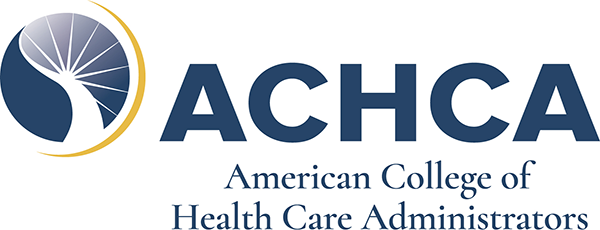Today, in general, Americans are living longer than their predecessors. Yet those who make policy have been slow to recognize the implications of this unprecedented increase in longevity. As a result, social institutions (i.e.: educational organizations, healthcare providers and work settings) have not fully adapted to the challenges and opportunities posed by America’s aging population.
It has been projected by 2030, the U.S. will experience accelerated growth in its aging population. It has also been projected that by 2050, the number of U.S. citizens 65 and older, will reach 88.5 million. That’s more than double the 40 plus million that was originally reported in a federal document on “aging in society.”
It is a fact that as the older population ages, they will become a more diverse segment of society. This projected growth will present a challenge to policy makers and entitlement programs such as Social Security, Medicare and Medicaid. It will certainly effect families with relatives acting as caretakers and healthcare providers.
By 2050 the U.S. is projected to grow from an estimated 320 million to 439 million. The population is also going to age with nearly 1 in 5 U.S. residents in that 65+ age category. Many of these changes are being driven by the “arrival” of baby boomers who are shaping our current and future outlook.
The new and emerging technology will also play a significant role that must be dealt with by utilizing those key skills that will be needed for providing care to a growing aging cohort.
More broadly, there will be greater demand on the introduction of telemedicine with its remote monitoring of numerous medical systems that can assist in providing homebased care. This will enable physicians to provide advice to their homebound patients.
Further, various industries concerned with aging issues and patient care have begun focusing on product development for individuals with conditions such as stroke and early dementia. Two examples are memory assistance programs and chronic disease management as part of the current wellness practices.
Catastrophes representing the old business of old age have begun emerging into the new business of old age. How? By providing services that promote the practice of wellness care, prevention programs such as smoking cessation, and projects pertaining to the concept of social connectivity to an aging society.
Aging is a phenomenon which requires new tools that give new hope to that aged individual.
I ask that we consider the healthy years defined not as years without periodic illnesses, but as years in which people can take care of themselves in the most effective way by focusing on the following points:
- by avoiding the mental and physical loneliness that is associated with despair and depression;
- by focusing on positive cognitive and physical functioning;
- by designing strategies to forestall decline in one’s ability;
- by maximizing intellectual vigor (i.e.: reading, conversing, etc.).
Healthcare systems need to adjust to the new realities and the surfacing of the new technologies. Society will also need to address the ever-present problem of ageism as defined by myths and stereotypes that are heard and spoken daily in our homes, work places, and public gatherings.
The underlying basis for ageism is the unfounded dread and fear of growing old, becoming ill and relying on others. In short – dependency and the loss of personal control. Ageism denies any opportunity for the process of positive aging to flourish in our midst.
The following is but one example of ageism: less than 2% of prime time TV characters are 65 or older, although they comprise 13% of this segment of the U.S. population. In other words, film and TV industries help to perpetuate ageism whether they are aware of it or not.
I would like to close by referring you to the poet Tennyson who said it best in his greatest of poems, Ulysses. Ulysses was the great adventurer who found his way back to his home in Ithaca and to his beloved wife Penelope. He speaks as an old man and discovers that even his love for home and wife are not enough. Here are his words:
“How dull it is to pause, to make an end,
to rust unburnished, not to shine in use
as tho to breathe were life.”
Ulysses learns:
- that idleness in old age can be a burden rather than a gift - he therefore yearns ‘to shine in use’;
- that love and fruitful work speak the same truth without the poetry;
- and that continued active engagement with life is essential, for without these essentials, adults in old age can lose the power of their physical, mental, and social effectiveness.



